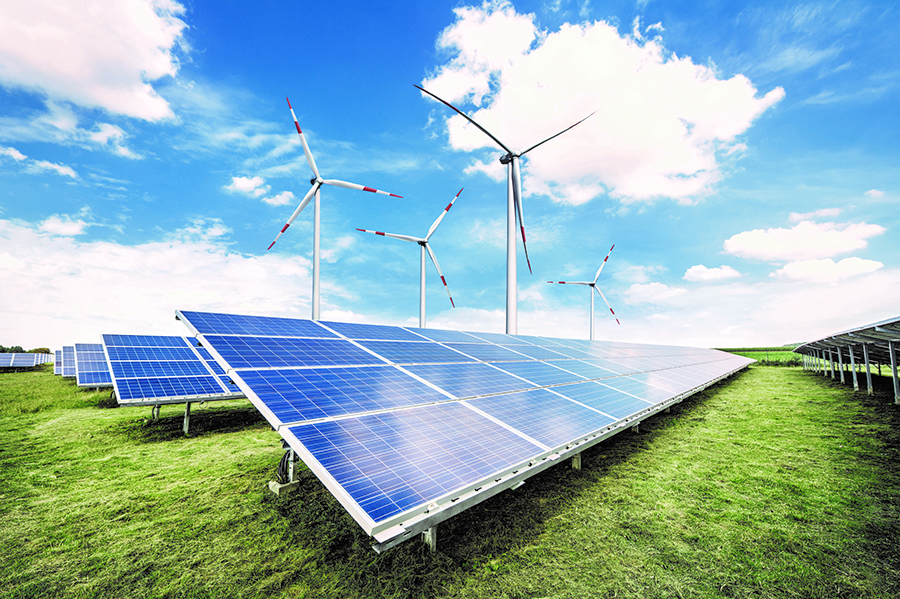In the green energy drive the first step to making an eco-friendly home ambiance begins with the transition to energy-efficient lighting systems, After all, light bulbs are something that is used by all classes of society every single day. According to Green Energy Solutions, simply switching to energy-efficient lighting systems can make one amaze to find the real difference on receipt of the next utility bill. To explore the evolving illumination technology available in the market today, keep reading this expert guide.
How to Determine If a Lighting System Is Energy-Efficient?
To recognize if a lighting bulb is energy efficient, Green Energy Solutions recommends checking the packaging and ensuring it has an ENERGY STAR® seal. This distinctive mark is permitted to products that are for using natural resources diligently to let the users undertake eco-friendly steps to save the environment. According to Green Energy Solutions what makes energy-efficient light bulbs one of a kind is while offering users optimal performance, they do not produce any heat. In general, while traditional incandescent bulbs are merely 10% efficient, CFL and LED bulbs offer 85% and 90% efficiency respectively. This is the reason why LED lighting systems have gone mainstream.
Which Lighting System Is The Most Energy-Efficient?
The following are the most popular types of bulbs depending on their energy efficiency:
LED Bulbs
LED (Light Emitting Diode) lights are known to be the most energy-efficient lighting options among their counterparts and using them can help users save the maximum on their utility bills. Apart from producing 40-80 lumens/watt, they offer longevity as well as brightness level while requiring minimal power to produce an optimal level of glow at a very low operating temperature.
Most branded LED bulbs can last on average for 25,000 hours. This means if it remains on 24/7, one needs to replace the bulb once every 15 years. Therefore, although, they are expensive compared to other types of lights when their operating cost and lifespan are considered, the cost of lighting helps users save considerable amounts of money over time.
CFL bulbs
Even if fluorescent aka CFL lights are not as energy efficient as LEDs, however, they are fairly efficient when compared to incandescent bulbs. On average CFL bulbs last for nearly 8,000 hours as opposed to the 25,000-hour lifespan of LEDs. This equates to buying around 3 CFL lights for every single LED bulb.
One major limitation of CFL bulbs is that they do not function at any lower wattages where LEDs operate successfully, however, the cost of CFLs is fairly lower than LEDS but higher than incandescent bulbs. They demand nearly double the watts for providing a similar amount of brightness of LEDs.
Incandescent Bulbs
These conventional light bulbs are not only the least energy efficient but spread heat higher than their glow. Typically they last around 750 hours while requiring more energy than others. Although incandescent bulbs are cheaper options, the cost of energy they consume makes them inefficient and rather expensive in comparison to LEDs.
Noteworthy, Energy-efficient bulbs are also known to be easier and safer to recycle. Older types of bulb may consist of mercury making them extremely harmful to mankind as well as the environment.
